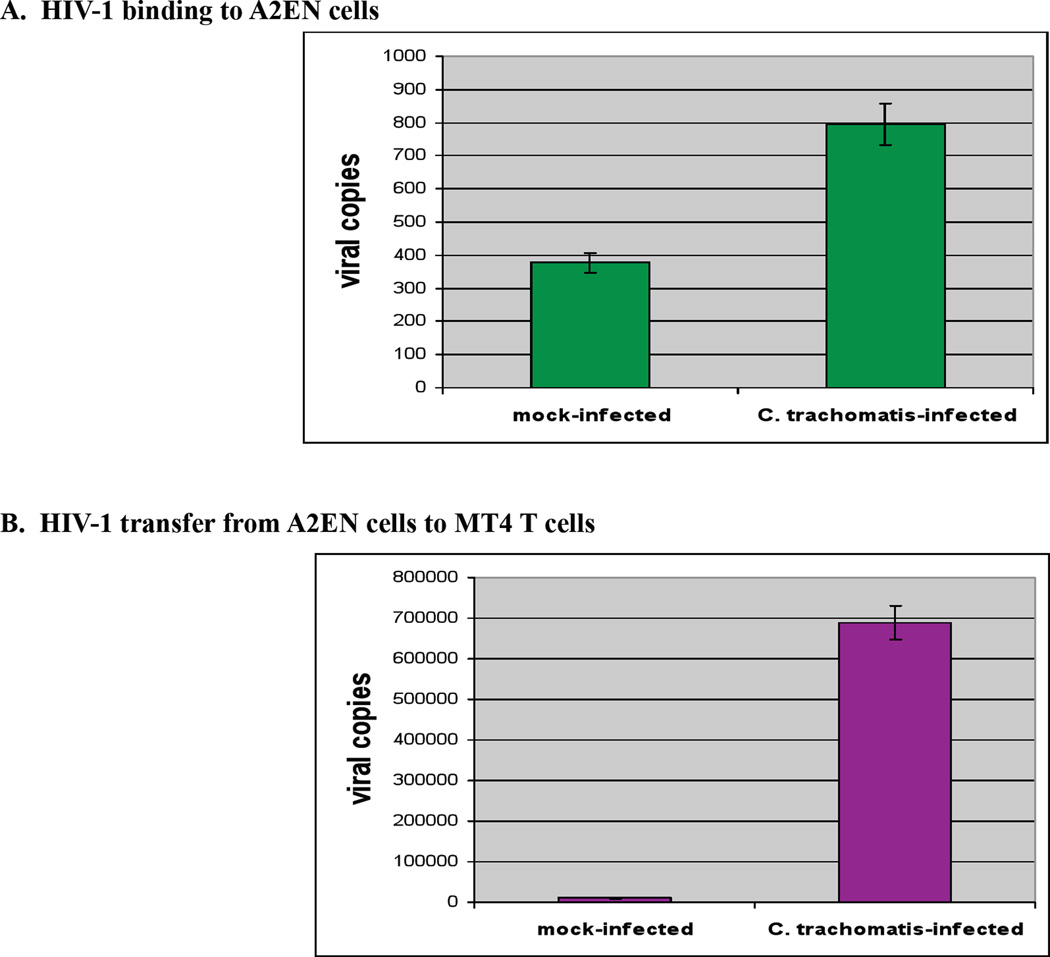Figure 4. A2EN cells bind HIV-1 and C. trachomatis infection of A2EN cells increases HIV-1 binding and transfer.
A2EN cells were mock-infected or infected with C. trachomatis serovar D (at a level to achieve 90% infection) and cultured for 40 hours post-infection. Cells were then exposed to HIV-1BAL for 1 hour at 37°C at a concentration corresponding to 10 ng/ml p24 then washed extensively to remove unbound HIV-1 virions. A. Cells were lysed for RNA purification using Trizol reagent (Invitrogen) and the amount of HIV bound to cells was determined using real-time quantitative RT-PCR specific for HIV-1 RNA [83]. B. C. trachomatis infected HIV-exposed A2EN cells (as above) were placed in culture with 5 × 105 MT4-R5 T -cells for 4 days at 37°C. MT4 cells and culture supernatants were removed on day 4 and free virions in the culture fluid as well as MT4 cells were recovered by high speed centrifugation. RNA was purified from the resulting pellet and HIV RNA levels quantified using real-time quantitative RT-PCR. Experiments were done in triplicate and repeated twice. Error bars represent the SD of the two means.

